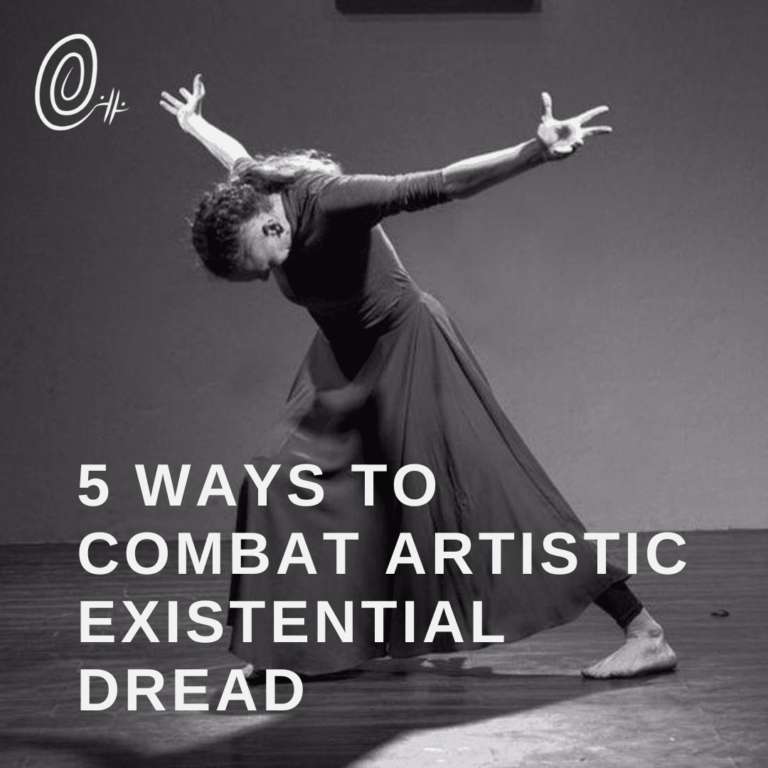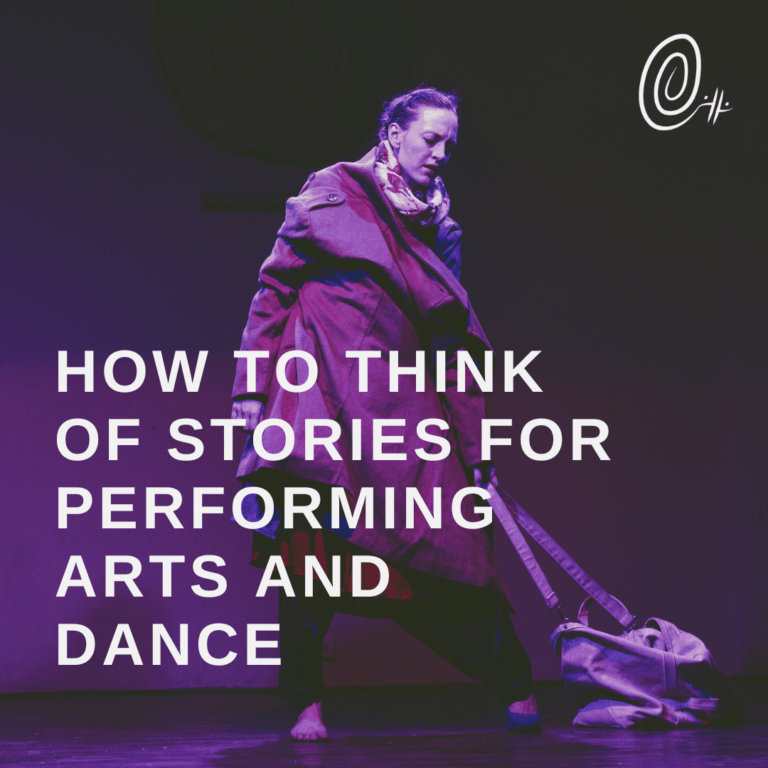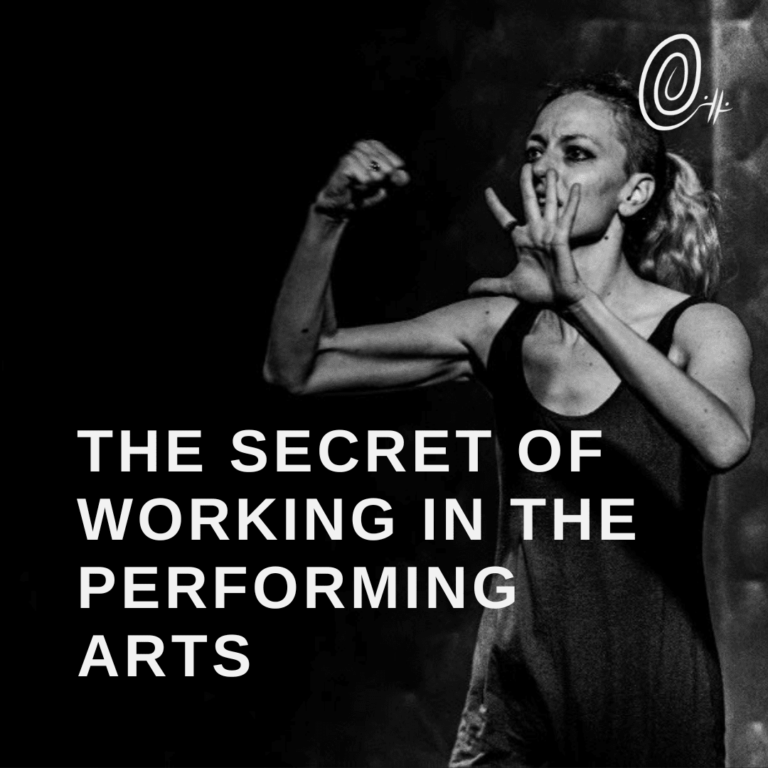5 Best Practices for Dance Fitness and Training
Whether or not you are a professional dancer, dance fitness and training is a great way to stay lean and healthy. That doesn’t mean that a weekly Zumba class at your local gym is going to change your life. Even dancers also approach dance training incorrectly and end up losing strength even while practicing or working out a lot. Trust me, I know: it happened to me.
In the past couple years I’ve learned a lot about dance fitness and training. It’s mainly by realizing mistakes I’d been making for years and trying to fix them! This list is applicable for professional dancers and amateur dancers, as well as fitness enthusiasts and anyone else who is interested in dance’s ability to help you stay happy and strong.
In this blog I’ll walk you through the five best practices that I’ve learned for dance fitness and training. These are: consistency, targeted exercises, balanced exercises, mindfulness, and improvisation.
Let’s get started.
A Little Bit Often is Better Than a Lot Sometimes
If there is anything I’ve learned about dance fitness, it is that consistency is key. You wouldn’t think that a short time daily could do anything, but the effects over time are cumulative.
The long and the short of it is if you can manage fifteen minutes of dedicated training per day, in a few months you’ll be in a better place than if you did one hour class once a week. We’ll talk more about the content of those fifteen minutes below.
Consistency also refers to how much you keep up your practice over time. The thing is, to see deep improvement in your dance technique or even body strength and flexibility, you need to be patient. Bodies are not computer code. You can’t just input stuff and expect to see a new render right away. It takes time for the body to unlearn habits and reshape itself.
When it comes to dance technique, for example, the timescales of change function on the level of months, not weeks. So don’t be discouraged if you aren’t a prima ballerina right away! With consistent, focused work over time, you will see the results.
Choosing the right exercises, and doing them right
There is (or will be, depending on the schedule) another blog post on my website that deals more in depth with creating a training plan, but here I will sketch out quickly the main things to keep in mind when choosing exercises. I also have a youtube tutorial on it that you can see here.
Obviously the exact exercises you do will depend on how much time you have. There are two golden rules, though: targeted exercises, and balanced exercises.
General cardio is fine if you’re just looking to get in shape. If you want to improve your technique or build strength for dance, you’re going to have to go beyond that. Dance technique requires building muscle in specific areas. This especially depends on the style you work in. Working with exercises that are targeted strength is super important for dance training. Of course, you don’t want to get stuck in the same exercises, as that can backfire and lead to other muscles weakening, so you need to make sure you are balancing out your exercises and working the full body.
If this sounds counterintuitive, think about it this way: You need to choose exercises targeted for a certain part of the body, and then rotate around the body with various targeted exercises.
Also to note that you can workout for hours a day every day of the week and your technique may not improve if you don’t do the exercises correctly. That’s why the mindfulness is there. Paying attention to form, alignment, and what exactly is going on in the body while you’re doing the exercise is necessary. You can’t be on your phone or gossiping with friends: you need to be present in the moment.
Tracking progress and inspiring creativity with improvisation
Everything I’ve talked about so far probably sounds really dry. It’s a bit like medicine, I guess – not always interesting but super important. That does not mean, though, that dance training can’t be fun. That’s why I always recommend to incorporate improvisation work.
Improvisation is good for a lot of things. It gives you that good cardio, certainly. It also helps you track your progress. As you get stronger, you’ll notice that you can do more things, that your body responds better to certain moves. You get more confident to try new moves, maybe something you saw online or something you wanted to try but didn’t feel like you could manage. Of course, it’s a great way to come up with new moves and get out of your choreographic ruts and habits.
And when I say improvisation, I mean putting on some favorite songs (not necessarily fast or workout beats, can be slow or lyrical as well) and moving. Try not to worry about how it looks and focus rather on the movement. I often try to add in extras, like bringing the legs up, moving in and out of the floor, and other things to test how my technique is doing.
While all these factors are curated with the goal of improving your dance ability, they are applicable to more casual approaches around using dance to get fit. These best practices should be used together; that is, they work best when they come as a package. They are the product of many, many years of training from a professional dancer, so I hope they serve you well!







